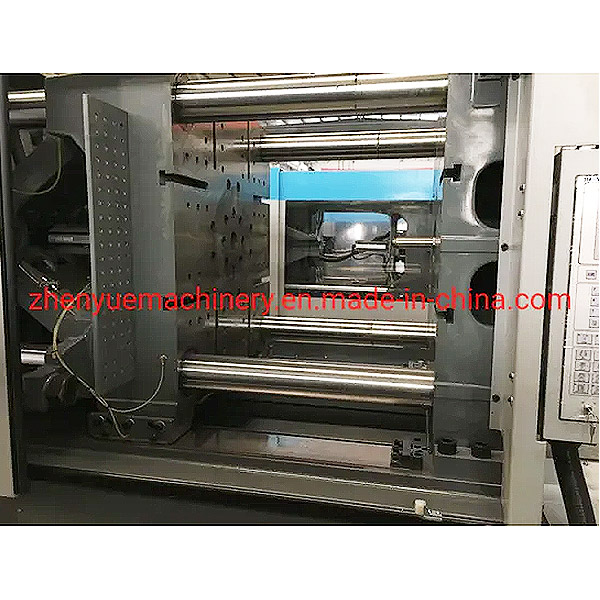Key points related to a Bobbin Injection Molding Machine
2024-01-05
A bobbin injection molding machine is designed specifically for the production of bobbins through the injection molding process. Bobbins are small, spool-like objects used in various industries, such as textiles, electronics, and manufacturing, to hold and organize threads, wires, or other materials. Injection molding is an efficient method for mass-producing these plastic components.
Here are some key points related to a Bobbin Injection Molding Machine:
1. Injection Molding Process: Injection molding is a manufacturing process where molten plastic is injected into a mold cavity. The plastic cools and solidifies inside the mold, taking the shape of the desired product, which, in this case, is a bobbin.
2. Machine Features: A dedicated bobbin injection molding machine will have features tailored to the requirements of producing bobbins. This includes precise control of injection pressure and temperature, the ability to handle different types of plastic resins suitable for bobbin production, and the incorporation of automation for efficiency.
3. Material Compatibility: The choice of plastic material for bobbin injection molding depends on the specific requirements of the application. Common materials include various types of thermoplastics, such as polyethylene, polypropylene, or ABS (acrylonitrile butadiene styrene), depending on factors like strength, durability, and electrical properties.
4. Mold Design: The mold used in the machine is critical for shaping the bobbins. It should be designed to produce bobbins of the required dimensions and specifications. The mold typically includes multiple cavities to enable the production of multiple bobbins in each molding cycle.
5. Automation: Injection molding machines often incorporate automation features for efficiency. This may include automated material feeding, mold closing, injection, and ejection of finished parts. Automation helps in achieving high production rates and consistency in the manufacturing process.
6. Quality Control: Injection molding machines may include features for quality control, such as sensors and monitoring systems to ensure that each bobbin produced meets the required standards.
7. Energy Efficiency: Modern injection molding machines often incorporate energy-efficient technologies to minimize energy consumption during the manufacturing process.
When setting up a production line for bobbins, it's crucial to choose the appropriate injection molding machine based on factors like production volume, the desired features of the bobbins, and the specific requirements of the application. Working with experienced manufacturers and suppliers in the plastics industry can help ensure the success of the production process.



